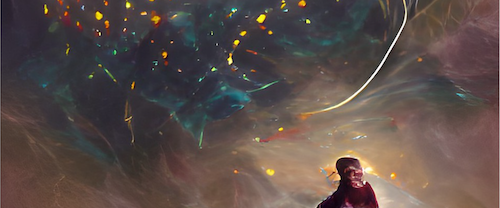Speaker
Description
A key limitation in advancing cosmology is the poor understanding of structure formation in non-linear regimes. Much information is contained at small scales, where low-redshift power spectra are difficult to model; as we move into an era of high-volume data to reduce statistical errors, modelling uncertainties such as this will become increasingly important. In this talk, I will first show how the BORG (Bayesian Origin Reconstruction from Galaxies) algorithm can be used to accurately estimate the masses of nearby galaxy clusters, and how these masses can be used to perform an independent test of the cosmological model. Secondly, I will show that by defining voids as 'anti-halos' in a density-reversed simulation, we can also use voids to perform the same test, without the modelling difficulties introduced by conventional void finders.

